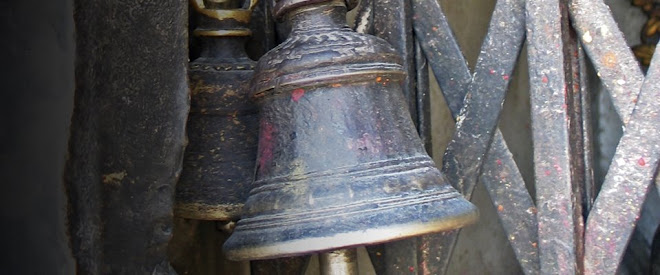The Royal Scots Dragoon Guards
Pipes & Drums
The Royal Corps of Signals
Pipes & Drums
The Black Watch, 3rd Battalion The Royal Regiment of Scotland
Pipes & Drums
2nd Battalion The Royal Gurkha Rifles
Pipes & Drums
Scottish Universities Officers Training Corps
Pipes & Drums
The Imps Motor Cycle Display Team
Motor Cycling Display
The Mounted Band of the Blues and Royals
Military Band
The Light Cavalry Band
Military Band
The Royal Artillery Band
Military Band
Band of the Royal Regiment of Scotland
Military Band
Highland Spring Dancers
Highland Dance
The Tattoo Choir (Kevock Choir)
Choir
Royal Air Force Regiment
Fanfare Trumpeters and Massed Bands
1st Battalion The Royal Highland Fusiliers
Pipes & Drums, Highland & Country Dancing
1st Battalion The King’s Own Scottish Borderers
Pipes & Drums, Massed Bands
1st Battalion The Black Watch
Pipes & Drums, Regimental Band, Highland & Country Dancing
The Gordon Highlanders
Historical Item – Raising of the Gordon Highlanders
The Women’s Royal Naval Service
Highland & Country Dancing
The Women’s Royal Army Corps
Highland & Country Dancing
The Women’s Royal Air Force
Highland & Country Dancing
Representative of Scottish Division
Highland & Country Dancing
Royal Artillery Motor Cycle Display Team
Motorcycle Display
The Royal Navy Sea Cadet Corps
Naval Display
Royal Marines School of Music
Fanfare Trumpeters, Massed Bands
4th Royal Tank Regiment
Pipes & Drums
2nd Battalion Scots Guards
Pipes & Drums
1st Battalion The Royal Scots
Pipes & Drums, 350 years of Royal Scots Celebrations
Composite Pipes & Drums from Scottish Universities
Pipes & Drums
Boys Brigade Edinburgh Battalion
Pipes & Drums
Royal Engineers
Light Wheeled Tractor, Medium Girder Bridge Competition
Royal Army Veterinary Corps Training Centre
Detection of Mines








